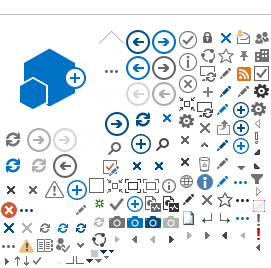WG13 discussed these issues and there are some suggestions for fixes. These fixes were discussed in the IOP call:
- the proposal for PhaseTapChanger looks OK for IOP participants.
- On RegulatingControl - the following recommendations were made - to be considered by WG13:
- Replace targetRange by a min and max value.
- Replace RegulatingControlModeKind.fixed with a Boolean RegulatingControl.regulationOn. This will reduce the number of mode changes. A tap changer built as fix will not regulate so RegulatingControl isn’t needed. Question is if adjusting the tap pos with a wrench still need a RegulationSchedule? E.g. if going there with the wrench on seasonal basis?
- A type change is rare (or does not exist) except for the SynchronousMachine that change between voltage and reactive. Other type changes than this was believed not exist.
- A type change can then be avoided by having a RegulatingControl instance per subtype, e.g. voltage and reactive. The target and min/max will be different and stay constant per subtype.
In addition it was agreed that OperationalHypothesis profile is a priority and HVDC model should be understood.
In the next call Lars-Ola is invited to give some explanation on what is currently in the DC package in the UML and give a guidance how to read and get oriented.
Participants:
| 1 | Parma, Ferdinando |
| 2 | Osterlund, Lars-Ol… |
| 3 | Britton, Jay |
| 4 | Stanescu, Oana |
| 5 | Zhu, Jun |
| 6 | Bozukov, Georgi |
| 7 | Olsen, Svein |
| 8 | Tomic, Dragan |
| 9 | Schmid, Christoph |
| 10 | Nagarkar, Rashmi |
| 11 | Gillerman, John |
| 12 | Martinovic, Lajos |
| 13 | Akel, Youssef |
| 14 | MILIN, Emilie |
| 15 | Kravljaca, Gordana… |
| 16 | Lopez, Rafael |
| 17 | Cott, Giatgen |
| 18 | Rogowski, Tomasz |
| 19 | Falk, Herb |
| 20 | Wiernowolski, Mich… |
| 21 | Milic, Vladimir |

